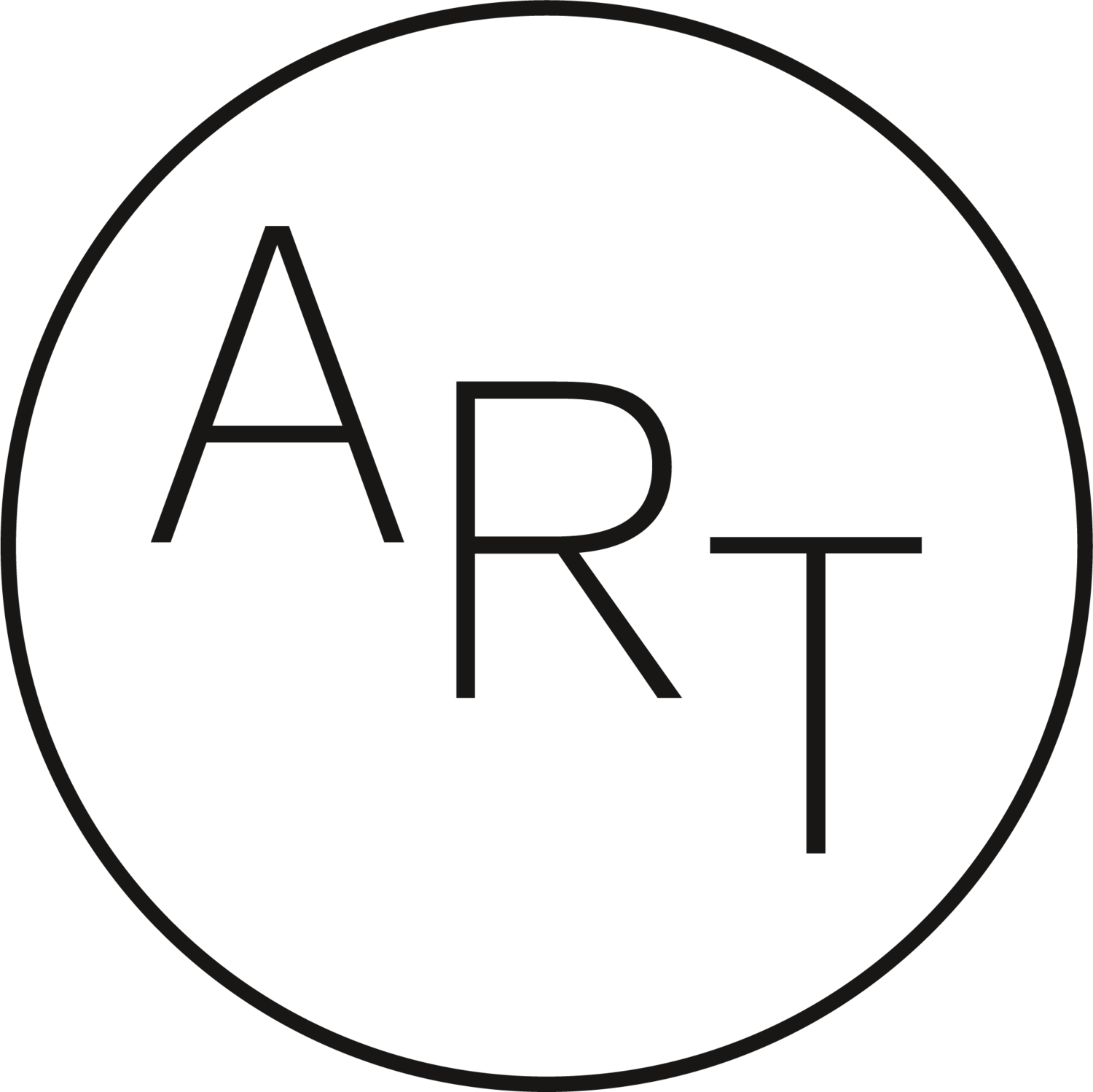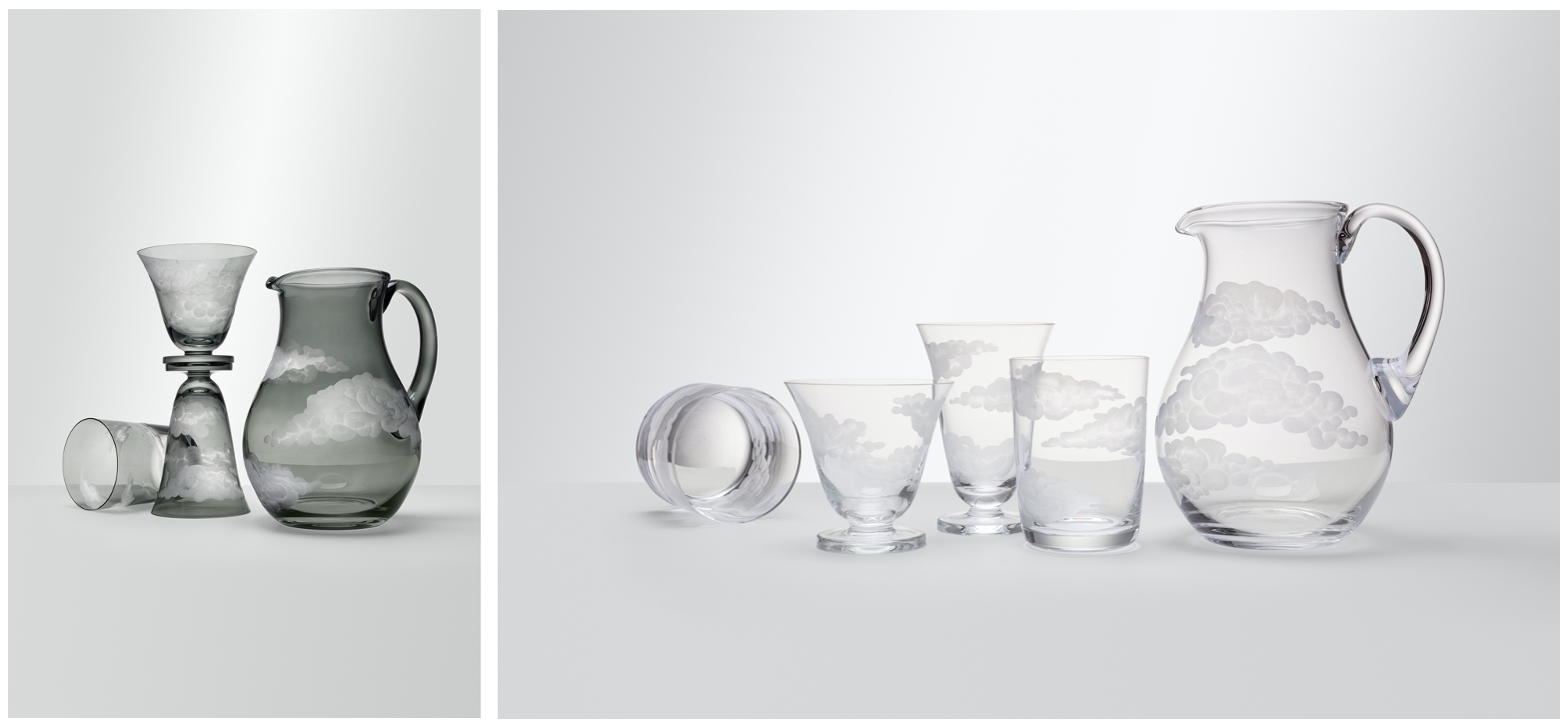Untitled Art | AFIKARIS Gallery, Paris | Booth C55
30 November—4 December 2021
Preview: Monday 29 November, 1—8PM
Miami Beach
Above. Jean David Nkot, www.transporteur à titrer.cm.org, 2021. Acrylic and silkscreen printing on canvas, 200 x 315 cm. Courtesy of AFIKARIS Gallery and the artist. Below. Jean David Nkot, #Les légendes de la discorde.com, 2021. Acrylic and silkscreen printing on canvas, 160 x 140 cm. Courtesy of AFIKARIS Gallery and the artist.
November 22, 2021 (Miami Beach, United States) – On the occasion of the Untitled Art Miami Beach art fair, Paris-based AFIKARIS Gallery unveils The New Hercules, the latest series of works by established Cameroonian artist Jean David Nkot (b. 1989, Douala, Cameroon), marking the artist’s first solo exhibition in the United States.
In The New Hercules series, Nkot brings forth the strength and beauty of the bodies which he depicts. While he still evokes ore extraction – in the continuity of his work started in 2020 addressing the exploitation of raw materials throughout the African continent, and the human consequences thereof – he focuses here on the anatomy and resilience of those who work in the mines, erecting them as contemporary heroes.
For Nkot, these new Hercules are those who run the contemporary economy. Akin to the multifaceted Greek divinity, their abnegation and suffering comes at the service of others. Just as the demigod was said to achieve insurmountable tasks – freeing the people from desolation – to get his own redemption, today’s heroes extract the raw materials that ensure modern societies’ shared comfort, be it at the hands of an ever-exploitative market economy.
Recording his own Odyssey, a contemporary iteration of Homer’s Twelve Labors of Hercules, Nkot frees them from the weight of their work, emphasizing their triumph over a hostile environment. In sum, The New Hercules sheds light on these news heroes, lending them a new destiny by hailing their recognition and protection.
---
NOTES TO EDITORS:
Human@Condition, the first monograph of Jean David Nkot’s work, edited by AFIKARIS Gallery in collaboration with leading international curators, will be available for purchase at the gallery booth and online at www.afikaris.com.
About Jean David Nkot:
Jean David Nkot (b. 1989, Douala, Cameroon) is a visual artist who works and lives in Douala. A graduate from the Institute of Artistic Training (IFA), Mbalmayo, Cameroon (2010), he subsequently joined the Institute of Fine Arts, Foumban, where he obtained a degree in Drawing and Painting. In 2017, he took part in the Moving Frontiers post-Master’s Degree, focused on the topic of borders, organized by the National School of Arts, Paris-Cergy, France.
Working primarily with acrylic and posca, he continuously seeks to revisit his pictorial language and often experiments with other techniques, including silkscreen printing. His highly characteristic signature style places hyperrealist portraits over complex cartographies. A “painter of the human condition,” his artworks expose faces submerged by inscriptions, depicting characters both reflective of and reflected upon their physical and geopolitical context. Moving away from the personal identities of his subjects, Nkot draws attention to the embodied turmoil inhabiting them – in a manner reminiscent of Zhang Dali, Francis Bacon, and Jenny Saville.
Jean David Nkot’s work has been presented in key international institutions including: Institut des Cultures d’Islam, Paris, France; SAVVY Contemporary, Berlin, Germany; Doual’art, Douala, Cameroon; National Museum of Cameroon, Yaounde. His first solo show in France, Human@Condition, was held at AFIKARIS Gallery, Paris, from May 29—July 7, 2021.
The New Hercules presented at Untitled Art, Miami Beach, from November 29—December 4, 2021, is the artist’s first solo exhibition in the United States.
About AFIKARIS Gallery, Paris:
Founded in 2018 by Florian Azzopardi, AFIKARIS Gallery started as an online platform and showroom specialized in the work of both emerging and established artists from African and its diaspora, before opening a dedicated Paris-based gallery space in 2021. Engaged in promoting cross cultural and disciplinary exchange, AFIKARIS acts as a platform for artists to engage with the wider public. A mirror onto and space for reflection on the contemporary African art scene, it provides artists with a space to address the topical local and international issues at the heart of their art.
AFIKARIS’s curated program includes group and solo exhibitions; art fairs; publications; as well as institutional partnerships.
Currently on view:
Humano e a Natureza | November 6—December 7, 2021
AFIKARIS Gallery
38 rue Quincampoix
75004 Paris, France
info@afikaris.com
www.afikaris.com


































